01 October 2018
Bergamo slow: ancient traditions and flavours
You can really get to know a land and its’ people through their food, and that’s how we would like to introduce you to Bergamo
Sponsored by Visit Bergamo
A slow approach to its centuries-old culinary traditions, because only by tasting and knowing its history can you say that you have experienced and not only visited this land.
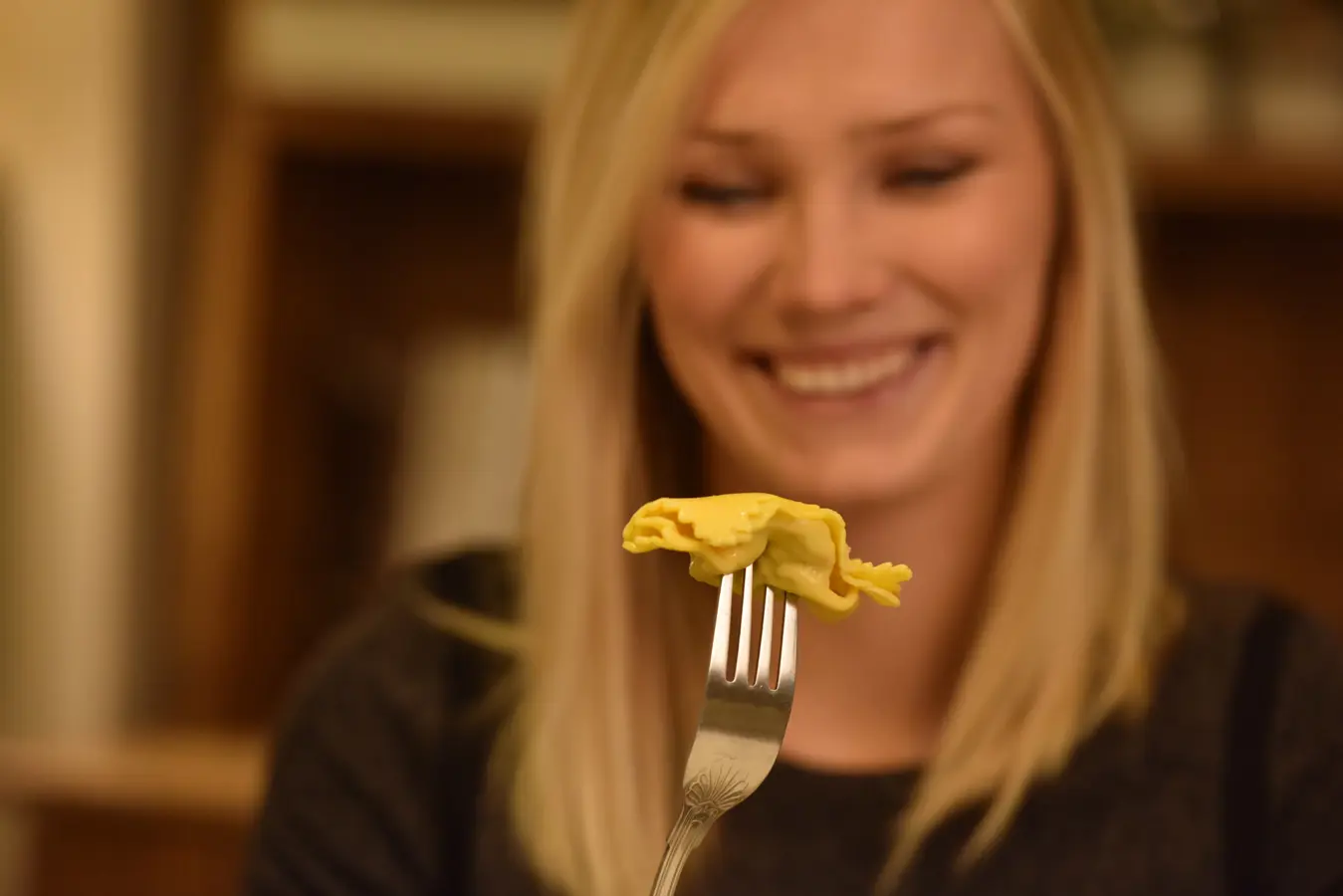
© Visit Bergamo; Flavio Villa; Dimitri Salvi
Let's start with the queen of the table: polenta, she is the symbol of Bergamasco tables. Now the most widespread version is the yellow one, but there are many autochthonous species of corn that have recently been rediscovered and that are impossible to find anywhere else, an absolutely must-try dish originating from the ‘Bergamo Island’ area, where the corn is grown on the fertile land that is bathed by the rivers surrounding this so-called ‘island’, there is also the red Rostrato polenta from Rovetta that smells of the surrounding mountains.
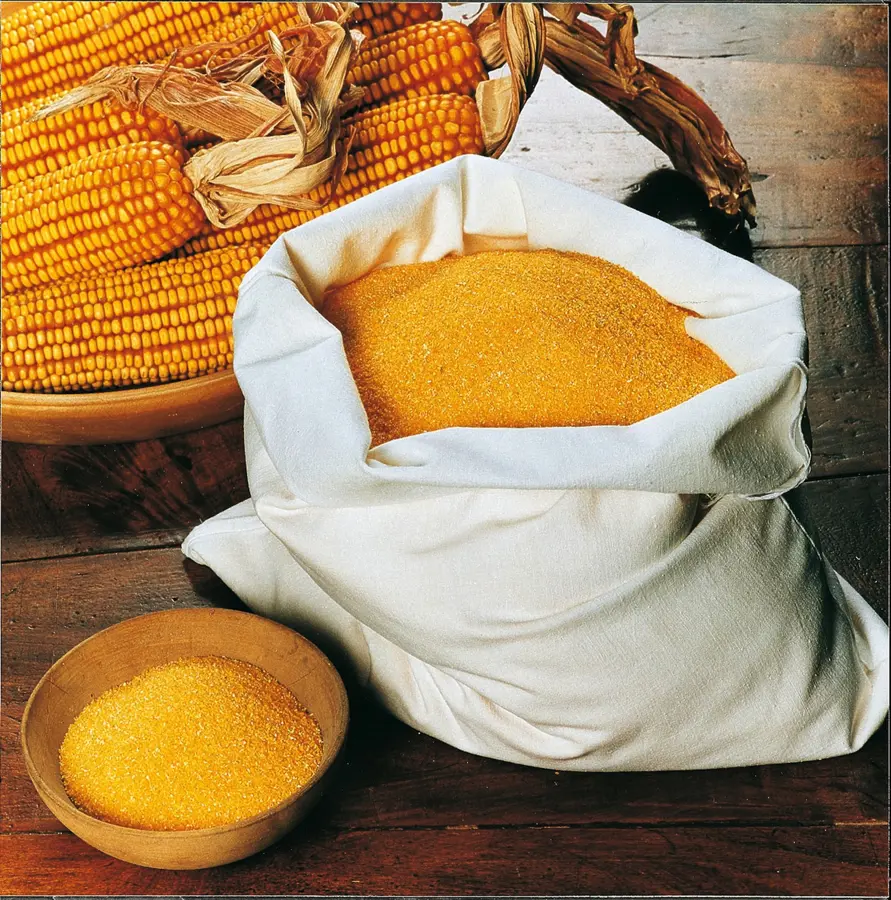
© Visit Bergamo; Flavio Villa; Dimitri Salvi
Polenta is never eaten on its own... and we find that it is perfect with cheese, Bergamasco cheeses that is! There is no other province in Europe that can boast such a high number of PDO cheeses, 9 to be precise, plus other numerous slowfood predisia. Bergamo’s lush Orobie Alps were a land of grazing and mountain pastures and life was marked by these moments that still take place in many areas of the upper Brembana Valley and the Scalve Valley.
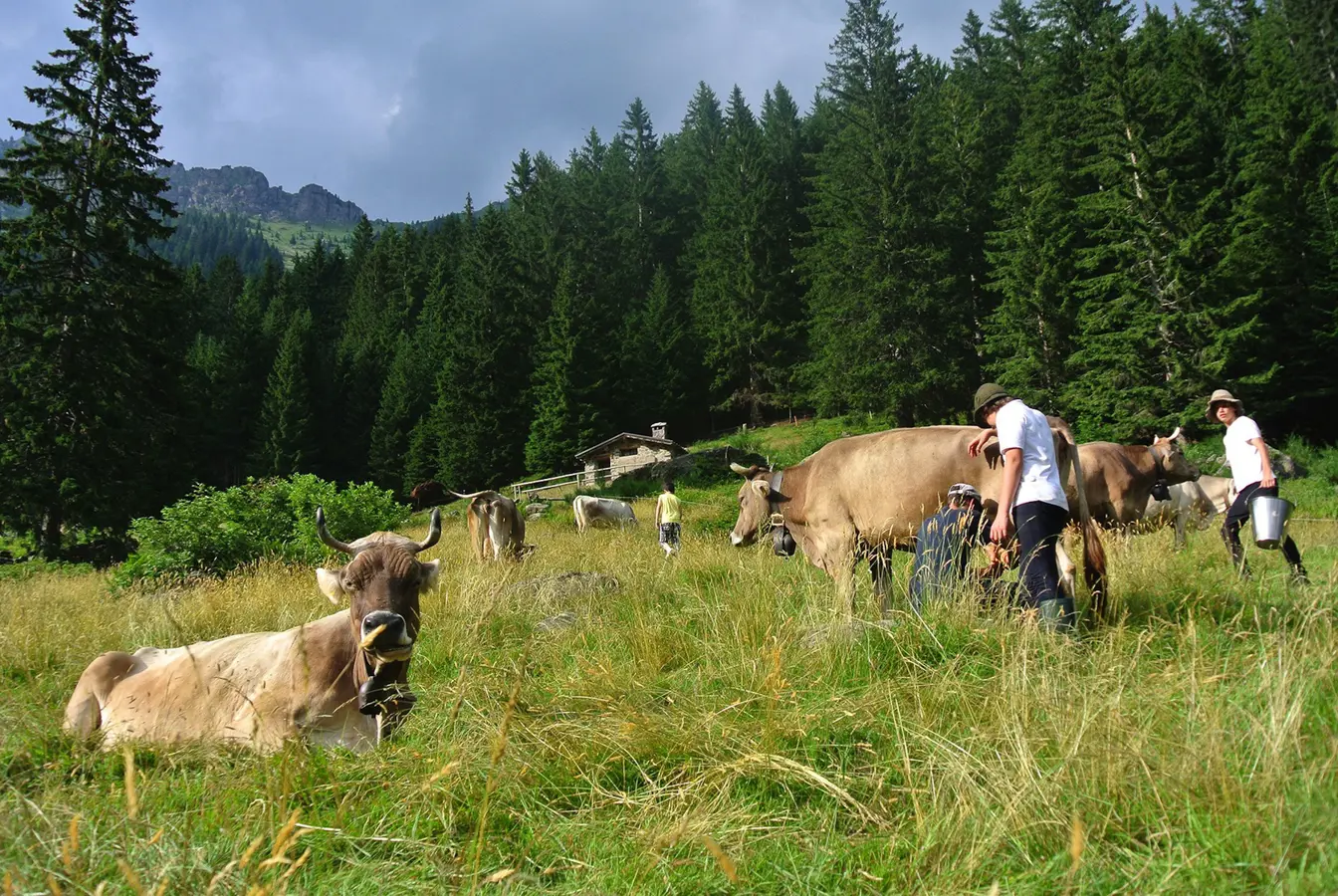
© Visit Bergamo; Flavio Villa; Dimitri Salvi
Here, today just like in the past, it is necessary to not let the daily milk go to waste in the mountain pastures, and it is for this reason that many of the Bergamasco cheeses were created, whose names often tell the story of their production: The Formai De Mut or "Mountain cheese", made only with mountain pasture milk, the strachìtunt that is the "Round Stracchino", made with milk from cows that were "stràcch" or tired from the transhumance and then: Taleggio, Bitto, Agrì, Branzi, Formaggella di Scalve and finally Quartirolo, the cheese from the end of September, produced from the last blades of grass called Quartirola because they grew after the third cut of hay.
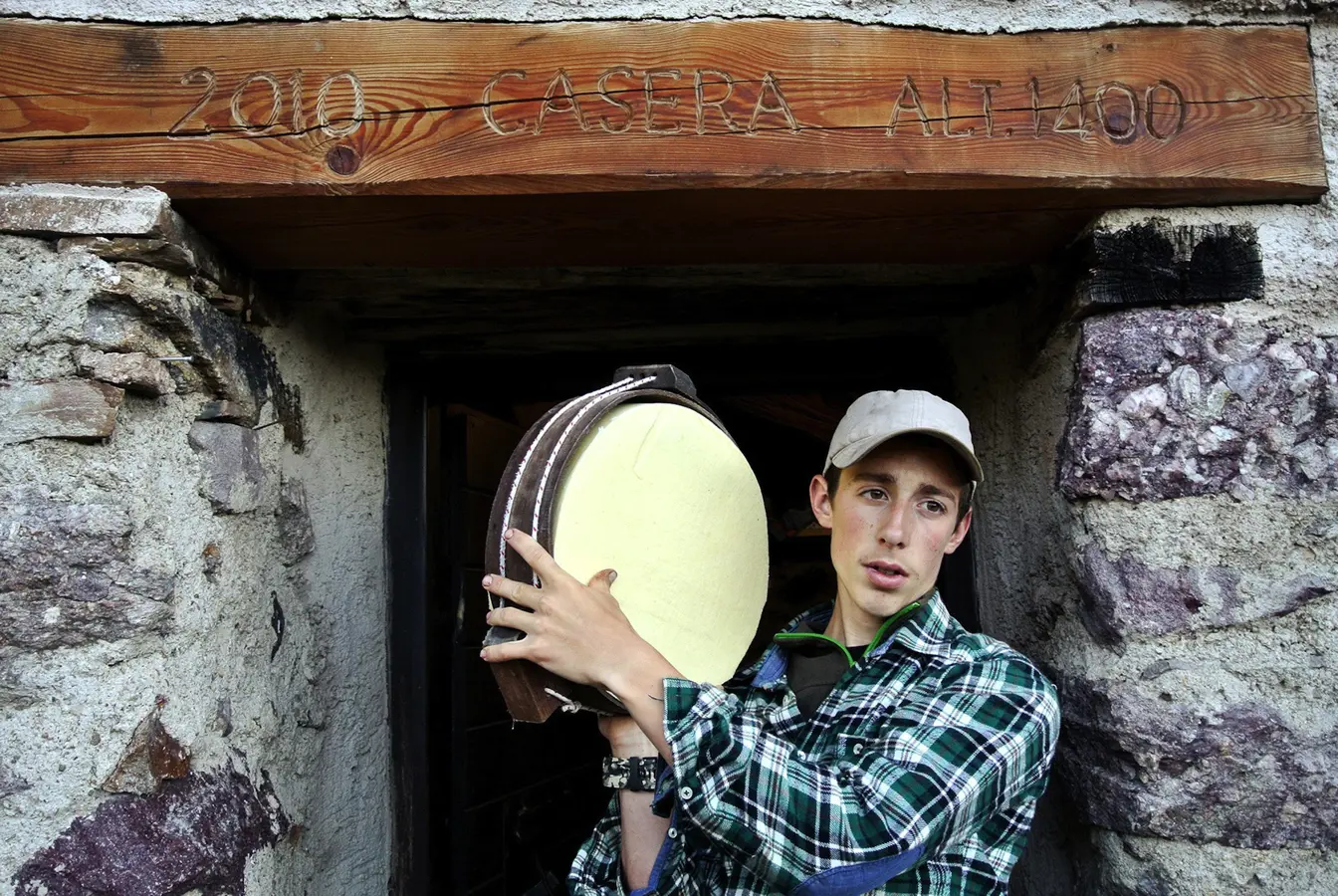
© Visit Bergamo; Flavio Villa; Dimitri Salvi
You cannot talk about Bergamo’s cuisine and traditions without mentioning Casoncelli, the stuffed pasta that is the protagonist of Bergamasco celebrations. The “casonsei” which have been around since the 1300s, created with a meat filling are joined by the Scarpinocc, a lean ravioli needed during Lent. A perfect combination that reflects the simple lifestyle and the spiritual and ingenious character of the Bergamasco people.
Now it’s time to come and taste everything, what do you say? Maybe washed down with an excellent glass of ValCalepio DOC wine.
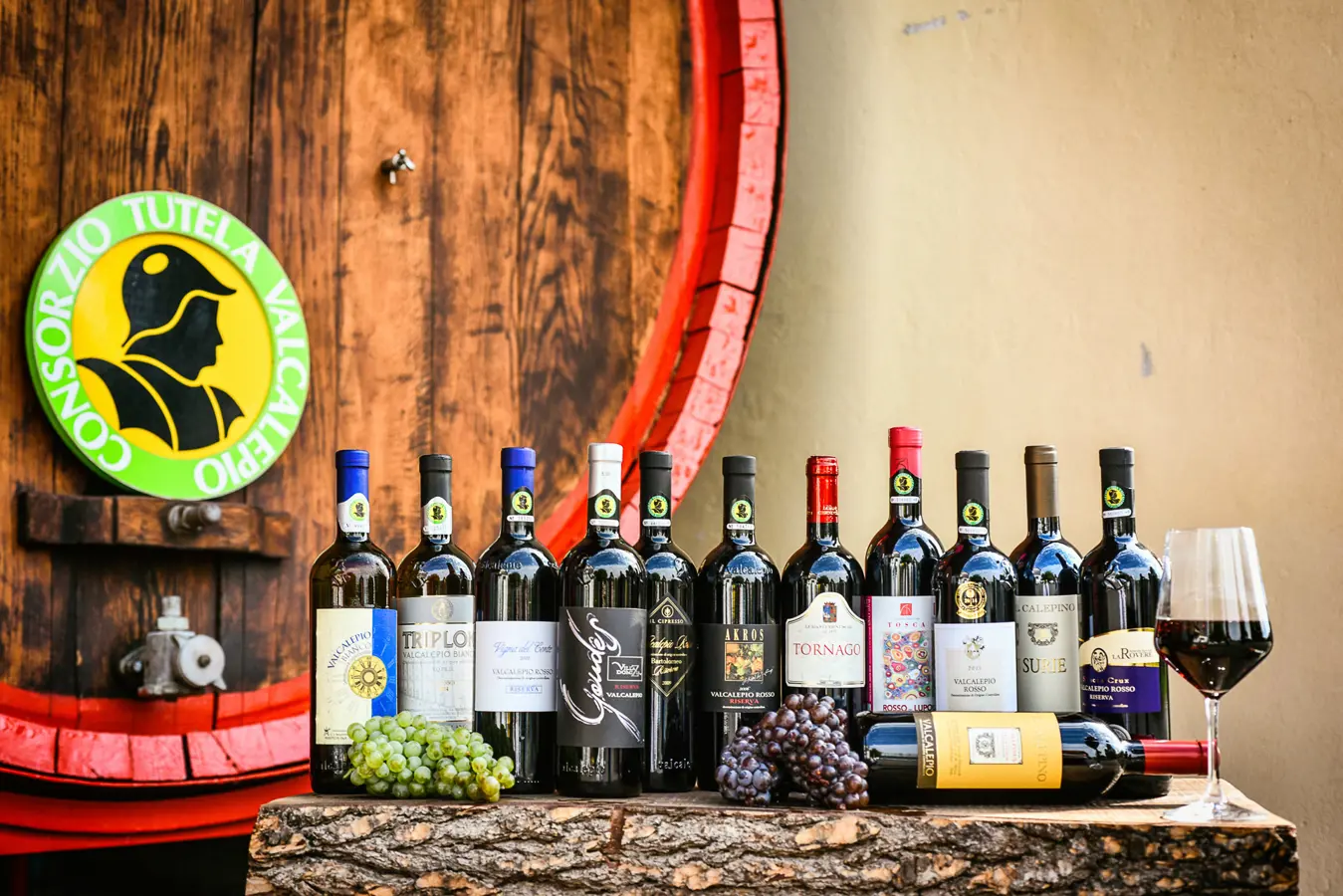
© Visit Bergamo; Flavio Villa; Dimitri Salvi
Advertorial
Text and photos: Visit Bergamo
Published on Avion Tourism Special Edition for Milan Bergamo Airport N69/2018
© Sisterscom.com - All rights reserved
You might be interested in
Destinations

Tourism
The most beautiful Christmas markets in Europe
From the magic of Strasbourg to the Nordic charm of Helsinki, passing through the historic atmosphere of Vienna and Krakow: a journey through the most evocative markets of the Old Continent
Destinations

Tourism
The new Grand Egyptian Museum
A few kilometers from the Pyramids of Giza, the new Egyptian museum is the largest in the world with 500 thousand square meters and over 100 thousand artifacts from Ancient Egypt such as the treasure of Tutankhamun and the child pharaoh
Destinations
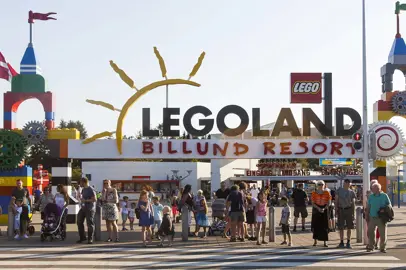
Tourism
Discovering Billund with the new routes from Italy
From spring 2026 new direct flights to the gateway to Jutland and LEGO® experiences departing from Milan Bergamo Airport, Rome and Naples with Norwegian

